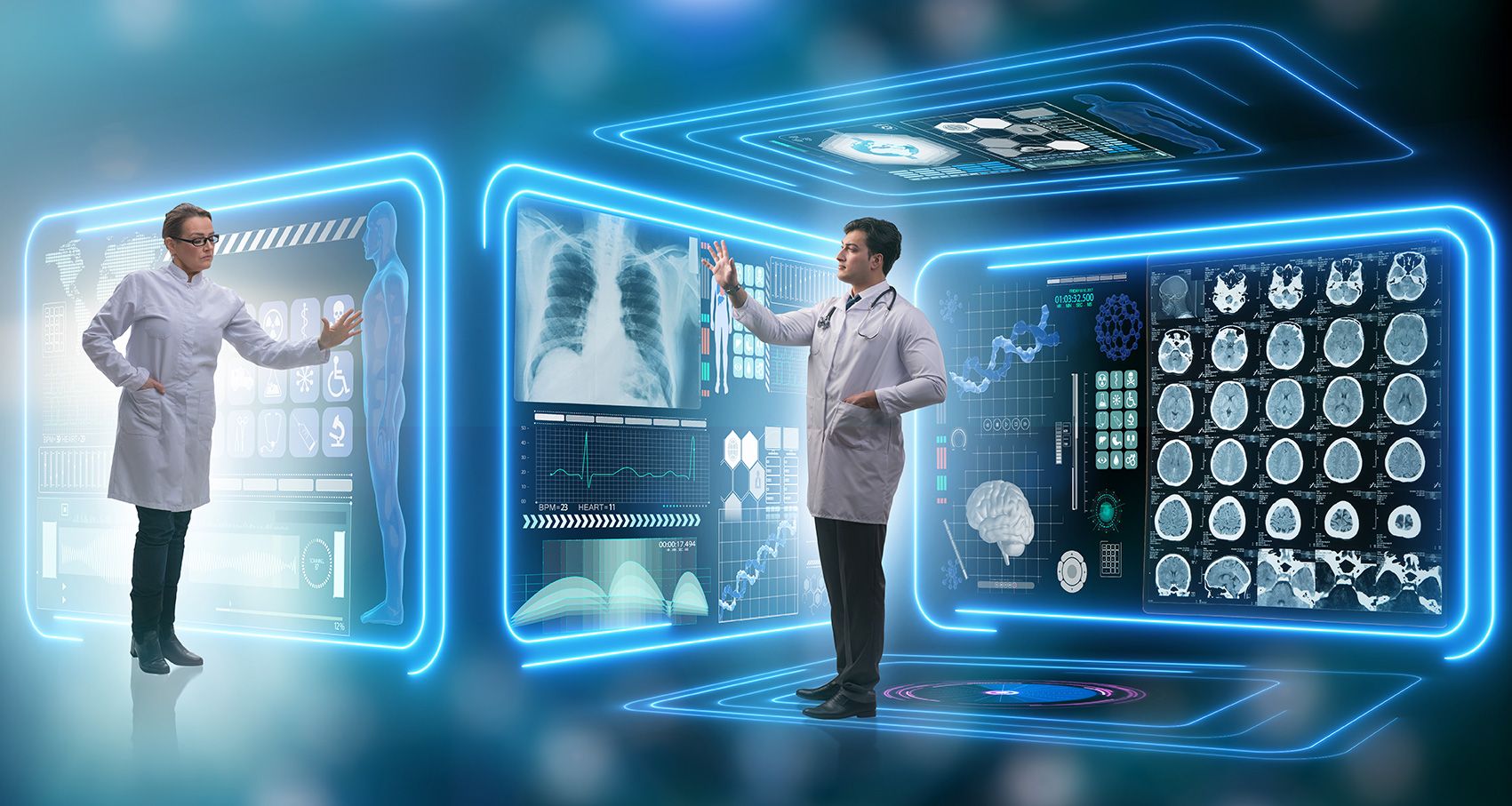Telehealth: Is it the future of health care?
The use of telehealth has come a long way in just a short period of time due to the coronavirus pandemic.
During a time when people are forced to stay home under the shelter-in-place order, health providers are turning to technology to stay connected to their patients.
At Perry Memorial Hospital, the clinics have completed more than 700 telehealth visits since March 25, which averages out to be about 100 visits a week.
Telehealth can be done two ways — either by a phone call to the patient or visually over a computer screen or other technology device.
Telehealth is good for some patients, but not all
Dr. Arnold Faber, a provider at Perry’s Family Health Clinic, warns while telehealth has been a good way to stay connected to patients during the health crisis, it does not entirely replace seeing a doctor in person, which is required in some cases.
“Given the situation with the shutdown, I think we still have managed to give at least a modicum of care to our patients that otherwise wouldn’t be there,” he said. “I would never say a telephone call fully replaces a face-to-face visit. …You can’t replace seeing a patient for optimal care.”
Faber said telehealth is great for followup visits on “one issue problems,” say for a patient who was recently put on blood pressure medication and needs a follow-up to see how it’s working.
Or a patient needing general management of depression, anxiety or attention deficit disorder.
But telehealth is not ideal for patients who are dealing with multiple issues and need to be seen in person to evaluate their health, according to Faber.
“For some, it comes to a point where somehow, someway, that person needs to come in and get seen relatively soon for optical care,” he said.
Managing a 90-year-old with heart failure, diabetes, hypertension, etc. — Faber said a phone call for these patients won’t do them justice.
In these instances, health care providers are urging patients to not put off an in-person visit to the doctor. There’s a fear out there that clinics and hospitals are where people are most likely to contract COVID-19. It’s simply not true. In fact, extra steps are being taken to ensure hospitals and clinics provide a safe, clean place to be seen and treated.
The learning curve of telehealth
Faber said the transition to telehealth on a computer hasn’t been without its trials and learning curves, especially for providers who are not technology-savvy.
The lack of bandwidth in rural areas has also been a challenge as it causes calls to drop and internet connections in some places are not strong enough to carrying a signal. When this happens, a visual call is usually transitions into a telephone call.
Also, Faber said many of his patients are older and don’t own a computer, much less a smartphone. In many cases, these patients prefer to talk with their doctor face to face.
Rightfully so, too, as geriatric patients face greater health concerns that need to be physically seen or heard by a doctor.
Telehealth has come a long way in a short period of time
Before COVID-19, Perry’s Family Health Clinic was actually not authorized to do telehealth visits on a patient who wasn’t in the clinic building. Patients had to come to the clinic to talk with a provider who was distant.
Perry’s Director of Clinics Marla Beatty said telehealth has advanced further in just the past three weeks than it was originally projected to do in 10 years before COVID-19.
And it’s only going to keeping growing and becoming more advanced.
Beatty said there’s already technology out there that allows doctors to check in the ears or down throats over a computer screen. There’s also phone aps that are equivalent to an EKG.
“The technology is very expensive. It’s cost prohibitive for us, but that technology is available and out there right now,” she said, adding it all comes down to how adaptable people are to it.
Faber foresees telehealth as being a great way for patients to stay connected to preventative health procedures that can detect cancers in their early stages. Medical office assistants have a system in place that is useful in keeping in touch with patients who are due for these procedures.
“Hopefully, we have less of the stories to tell about, ‘Oh, that got missed’ two years down the line. If it takes technology to do it, it’s better by a longwise,” he said.








Recent Comments